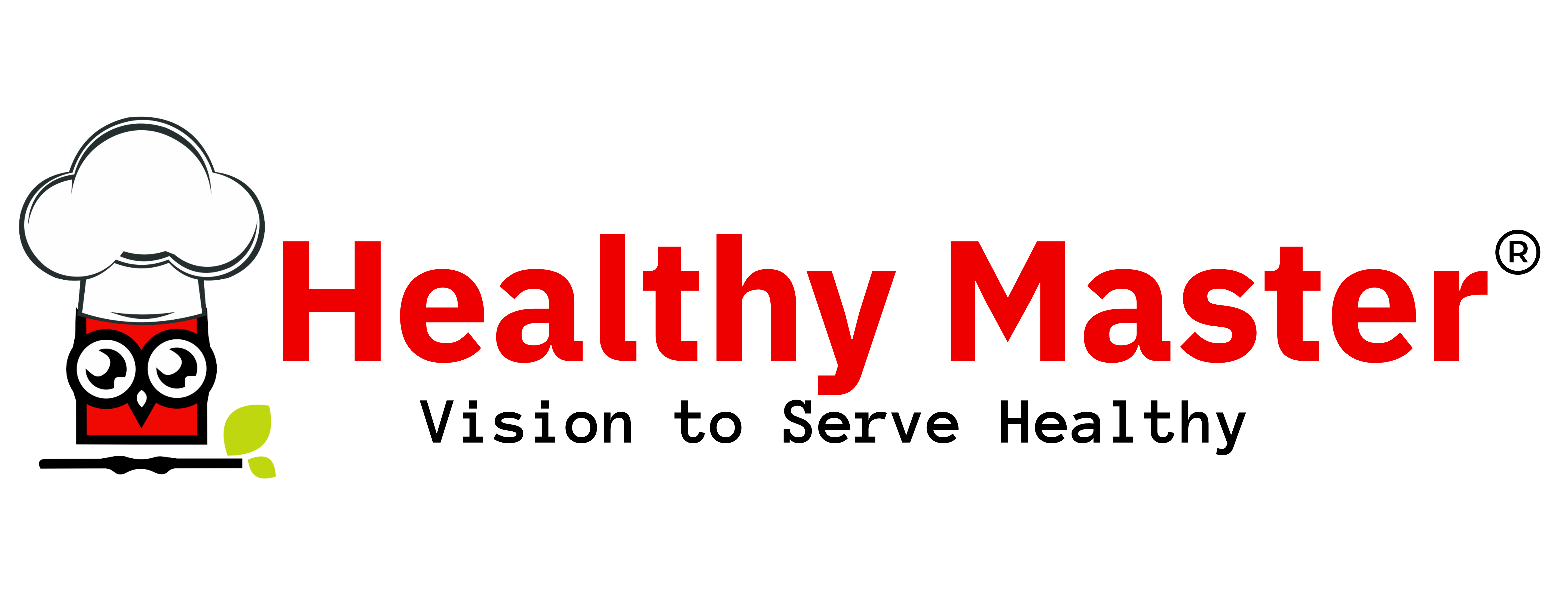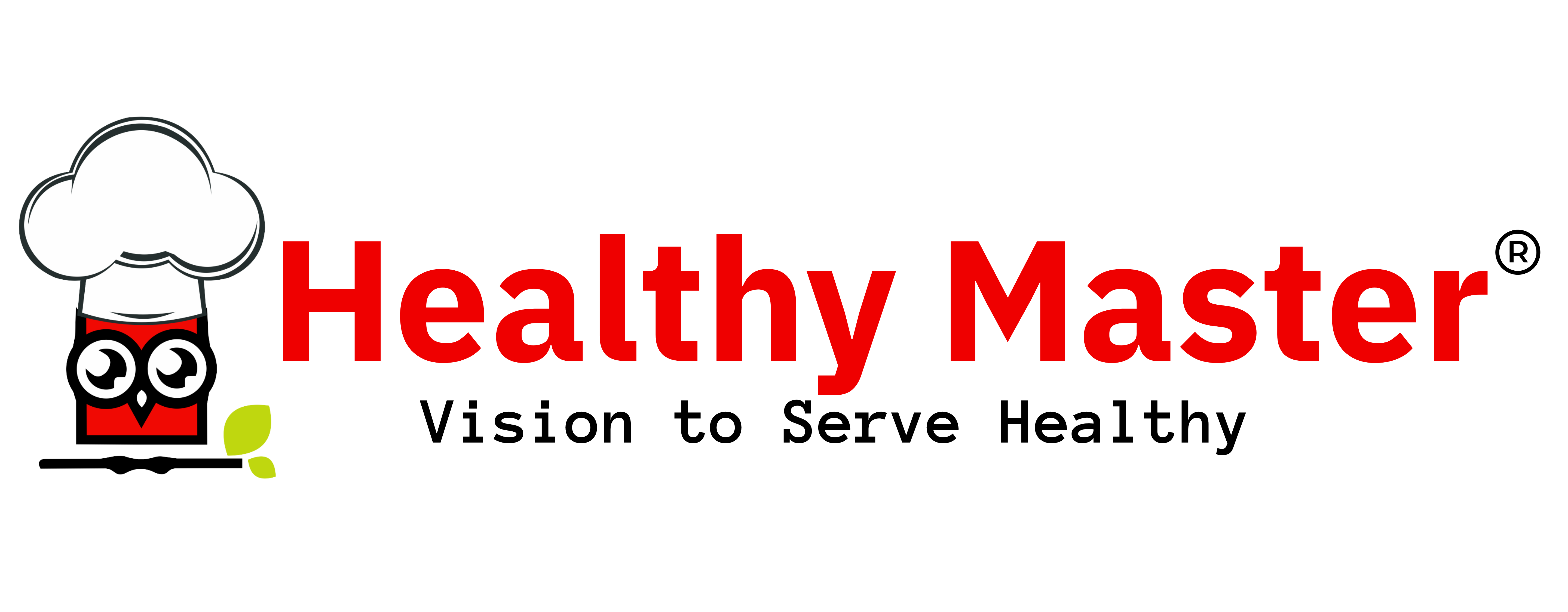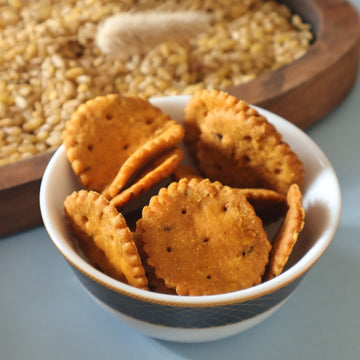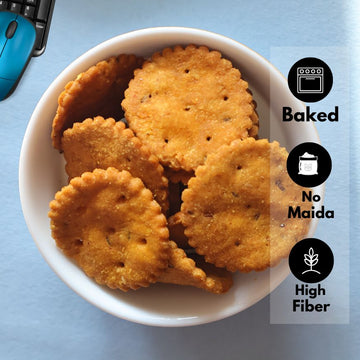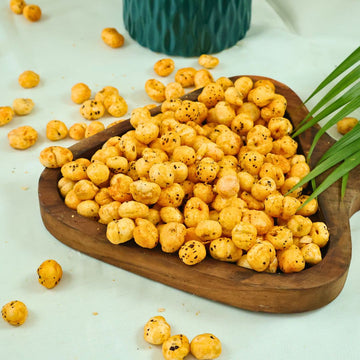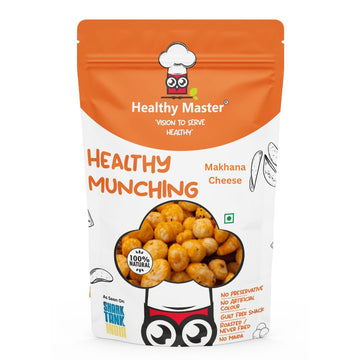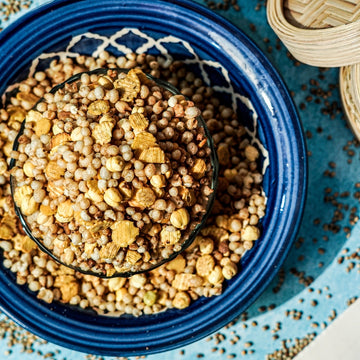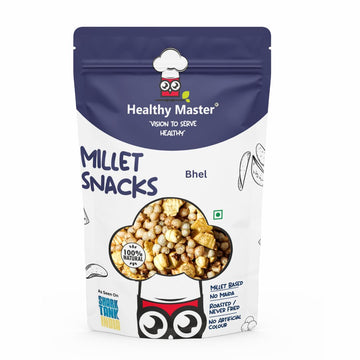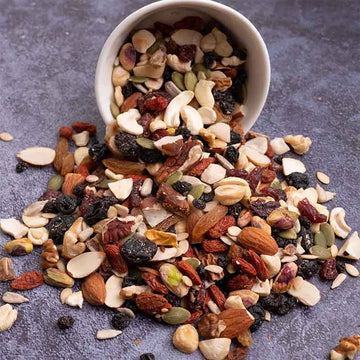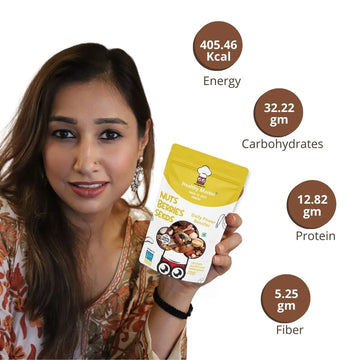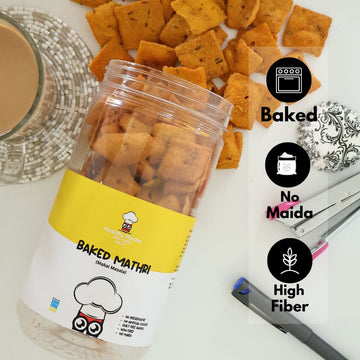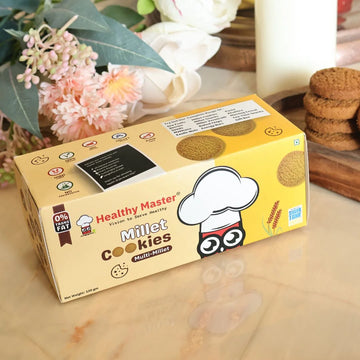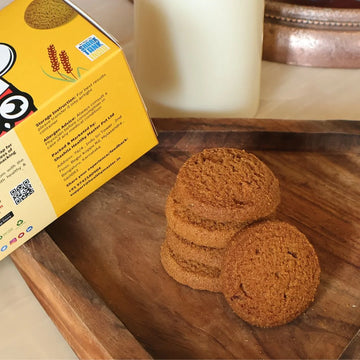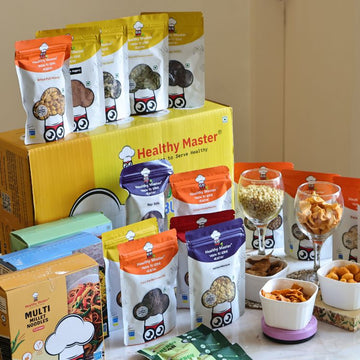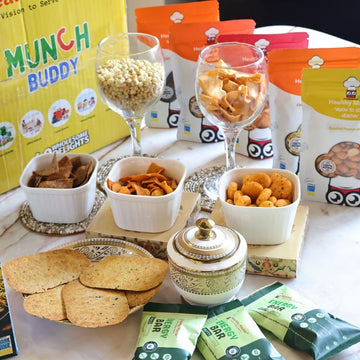
Diabetes, a modern lifestyle disorder, is associated with a high glucose level, which is higher than the normal range of sugar levels in the blood. Increased thirst, urination, hunger, fatigue, and blurred vision are some of the symptoms of diabetes. However, diabetes can be managed by following a proper diabetic diet chart.
A 1200-calorie diabetic diet plan is recommended for diabetic patients to keep the sugar level under control. Besides following a diabetes-friendly diet, it is important to have a proper meal at the right time.
Meal-time for diabetic patient:
- Breakfast (8:00-8:30AM)
- Mid-Meal (11:00-11:30AM)
- Lunch (2:00-2:30PM)
- Evening Meal (4:00-4:30PM)
- Dinner (8:00-8:30PM)
Diet Plan: 5 Best Foods To Keep Diabetes Under Control
-
Green Leafy Vegetables
Leafy green vegetables such as spinach, kale, and others are high in nutrients such as vitamin C and are therefore highly recommended for diabetic patients. Increased vitamin C intake lowers high levels of blood sugar in type 2 diabetes.
Green leafy vegetables are very nutrient-dense and low in calories. Since they contain fewer carbohydrates, they also have a significant impact on blood sugar regulation.
-
Chia Seeds
Chia seeds have a high fibre content but have few carbs. The fibre present in chia seeds reduces blood sugar levels. Chia seeds reduce the speed at which food passes through the gut and is digested.
Furthermore, the fibre found in chia seeds makes one feel satisfied and helps avoid overeating, preventing unwanted weight gain. Furthermore, chia seeds are also excellent for lowering inflammatory markers and blood pressure. Buy premium quality chia seeds from Healthy Master.
-
Flaxseeds
Another diabetes friendly food that you must add to your diabetes diet chart is flaxseeds. Flaxseeds are a great source of an insoluble fibre named lignans, which improves the blood sugar level and lowers the risk of heart disease.
As per the recent study, continuous consumption of flaxseeds for 12 weeks significantly reduced hemoglobin A1c levels in type 2 diabetics.
A diet rich in flaxseed may reduce the incidence of strokes. Their high viscous fibre content benefits a variety of bodily functions, including intestinal health, and insulin sensitivity. Order the premium quality flaxseeds from Healthy Master.
-
Nuts
Nuts are a good source of fibre. As per the study, regular consumption of nuts reduces inflammation and lowers HbA1c levels. Furthermore nuts lower the blood sugar level besides LDL levels in the body. Thus, you must include nuts in your diabetic breakfast diet plan. You must include nuts like almonds, walnuts, pista, and peanuts in your diabetic diet.
People with type 2 diabetes have high levels of insulin, which is linked to being overweight. You must eat 30 g of walnuts daily to lose the weight.
Also Read: 9 Health Benefits of Walnuts
-
Whole Grains
Whole grains like brown rice, oats, semolina, and whole wheat are rich sources of fibre. They have a lower glycemic index (GI), thus they help manage blood sugar levels and cholesterol levels.
Furthermore, millets are another superfood to manage diabetes. In addition to a low glycemic index and high fibre content, these foods help reduce the sudden increase in blood glucose levels.
Also Read: 5 Best Millets for Weight Loss
Food Chart for Diabetes: 4 Foods To Avoid
-
Fruits
Fruits like banana, mango, and grapes, to name a few, have a high glycemic index, which leads to a spike in blood sugar levels, thus, they must not be a part of your diabetic diet plan. They have a source of natural sugar named fructose, which is responsible for increasing the blood sugar level. Besides fruits, fruit juices must be avoided by diabetic patients. As in fruit juices, the sugar is broken down into simple sugars, which again elevate blood sugar levels. -
Sodium Rich Foods
High-sodium foods like salt, pickles, papad, baked products, instant soups, mayonnaise, and fried snacks, among others, increase the blood pressure level in diabetic patients. High blood pressure is directly related to the risk of developing heart disease. Thus, the food chart for diabetes must not include sodium rich foods.
-
Coconut
Due to the high saturated fat content of coconut, diabetics should avoid it. Overconsumption may lead to heart disease. However, you can eat coconut occasionally with a balanced and healthy meal. -
White Bread
Another food that must not be included in the diabetic diet chart is white bread. Along with white bread, you must also avoid pasta. White bread and pasta are high carb foods, which not only increase the glucose level in diabetic patients but also negatively impact their cognitive thinking.
Conclusion
Less sugary fruits like watermelon, strawberries, mandarin oranges, blackberries, and peaches, along with green leafy vegetables, are good for people with diabetes. However, you have to be cautious about what and when you eat. Avoid eating sodium rich foods and pasta to keep the glucose level under control.
The bottom line is that, contrary to what you may believe, you have more influence over your health. There is no one strict diabetes diet, meal plan, or diabetes-friendly diet that can be used as the ideal meal plan for all diabetic patients. The glycemic index and carbohydrate counting are all important benchmarks for identifying appropriate eating behaviours to manage your diabetes.
Also Read: 7 Best Indian Snacks for Diabetes
Also Read: Dry Fruits and Nuts for Diabetic Patients
